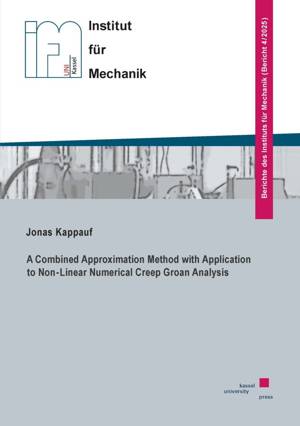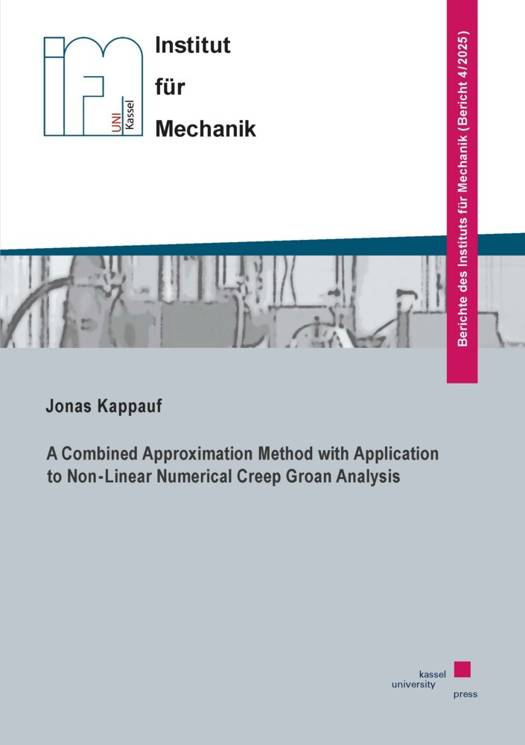
Je cadeautjes zeker op tijd in huis hebben voor de feestdagen? Kom langs in onze winkels en vind het perfecte geschenk!
- Afhalen na 1 uur in een winkel met voorraad
- Gratis thuislevering in België vanaf € 30
- Ruim aanbod met 7 miljoen producten
Je cadeautjes zeker op tijd in huis hebben voor de feestdagen? Kom langs in onze winkels en vind het perfecte geschenk!
- Afhalen na 1 uur in een winkel met voorraad
- Gratis thuislevering in België vanaf € 30
- Ruim aanbod met 7 miljoen producten
Zoeken
A Combined Approximation Method with Application to Non-Linear Numerical Creep Groan Analysis
DE
Jonas Kappauf
€ 38,45
+ 76 punten
Omschrijving
In the automotive industry, the suppression of unwanted noise, such as brakenoise, plays an important role within the manufacturing process of vehicles.These noises decrease the perceived quality and should therefore be detected andeliminated early on in the development process. In addition to measurementson real assemblies, simulation-based prediction of brake noise is also used. Inindustrial applications, the (linear) Complex Eigenvalue Analysis (CEA) of themathematical brake models is commonly used as simulation-based detection. TheCEA detects e.g. creep groan vibrations at an unstable rest position. However,there are operation points where creep groan occurs but the rest position remainsstable and the linear evaluation failed. The aim of this work is therefore toimplement a suitable non-linear approximation method for the prediction of creepgroan vibrations. Two points are crucial here: first, the approximation methodmust be suitable for both creep groan and the respective mathematical models.Secondly, in order to prove the latter, a representative mathematical model ofapplication-orientated FEM models is also required.Within this work, the creep groan phenomenon and macroscopic friction models arefirst discussed. The findings are condensed into an experimentally validated mathematicalmodel with three degrees of freedom that shows low- and high-frequencycreep groan vibrations. By adding two FE-discretised strain rods, mathematicalproperties of application-oriented mathematical models are replicated. Then, nonlinearapproximation methods and the Predictor-Corrector continuationframework are discussed. Core element is the motivation and derivation of thecombined Finite Difference/Harmonic Balance method (FD/HBM). This methodis suitable for approximating periodic oscillations with equations of motion thatexhibit strong non-linearities in only a few degrees of freedom. In the lastpart, the proposed FD/HBM is used to approximate creep groan vibrations inthe strain rod-expanded mathematical model. For systems with many (linear)degrees of freedom, the FD/HBM requires less computing time than establishedapproximation methods while maintaining the same accuracy. Furthermore, acreep groan stability map is systematically derived using linear (CEA) and nonlinear(FD/HBM) analysis.
Specificaties
Betrokkenen
- Auteur(s):
- Uitgeverij:
Inhoud
- Aantal bladzijden:
- 206
- Taal:
- Engels
- Reeks:
Eigenschappen
- Productcode (EAN):
- 9783737612357
- Uitvoering:
- Paperback
- Afmetingen:
- 148 mm x 12 mm
- Gewicht:
- 285 g

Alleen bij Standaard Boekhandel
+ 76 punten op je klantenkaart van Standaard Boekhandel
Beoordelingen
We publiceren alleen reviews die voldoen aan de voorwaarden voor reviews. Bekijk onze voorwaarden voor reviews.









